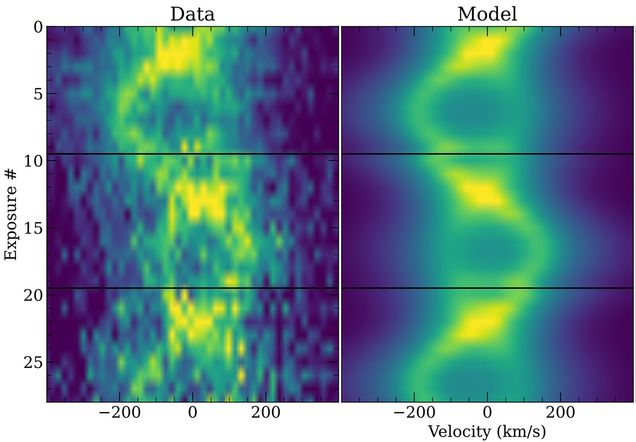A 99-min binary from SDSS-V

In one of the first science results from SDSS-V, collaborators led by Harvard graduate student Vedant Chandra have discovered a double-lined, double-white-dwarf binary orbiting one another every 99 minutes in a paper that was recently accepted for publication by the Astrophysical Journal. The two white dwarfs will merge into a roughly 0.85 solar-mass remnant in less than 300 million years, and the system is already likely giving off enough gravitational waves to be detectable by the LISA mission. A nice Twitter summary of the discovery is here. The pair of stars was found in just the first six months of SDSS-V data, so more exciting discoveries await when the robots take over later this year!